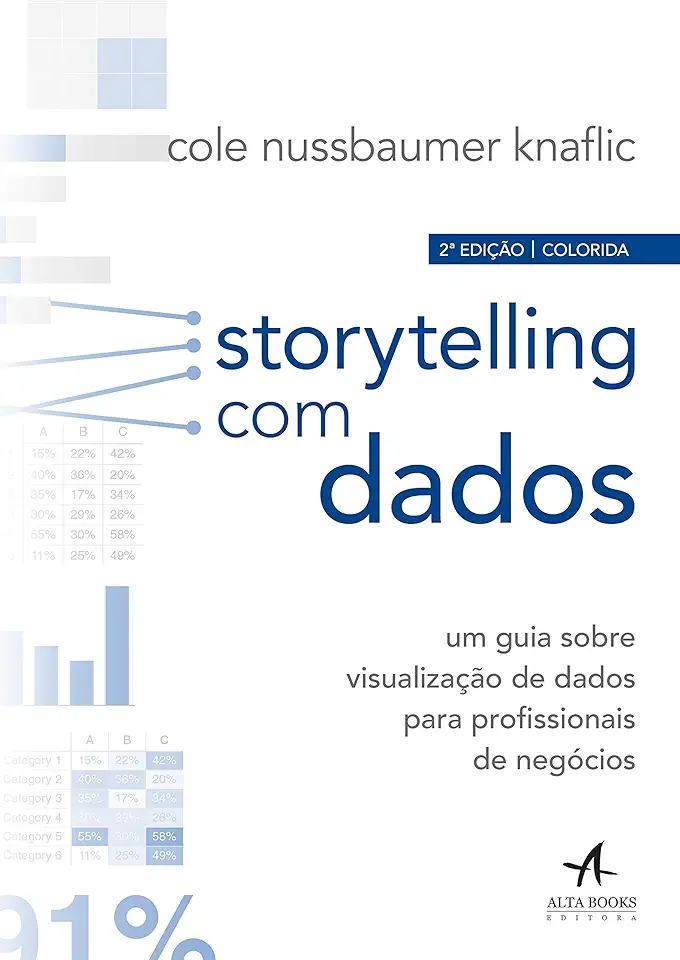
STORYTELLING WITH DATA - KNAFLIC, COLE NUSSBAUMER
Storytelling with Data: A Data Visualization Guide for Business Professionals
Introduction
In today's data-driven world, it's more important than ever to be able to effectively communicate data to others. Whether you're a business professional, a data analyst, or a student, the ability to tell a compelling story with data can help you to make your point, persuade your audience, and make better decisions.
What is Storytelling with Data?
Storytelling with data is the art of using data to create a narrative that is both informative and engaging. It's about more than just presenting data in a table or chart; it's about using data to tell a story that your audience can understand and relate to.
Why is Storytelling with Data Important?
There are many reasons why storytelling with data is important. Here are a few:
- It makes data more accessible. When data is presented in a story format, it becomes more accessible to people who are not familiar with data analysis. This can help you to reach a wider audience and make your data more impactful.
- It helps to create a connection with your audience. When you tell a story with data, you create a connection with your audience on a human level. This can help you to build trust and credibility, and make your audience more likely to listen to what you have to say.
- It makes data more memorable. When data is presented in a story format, it is more likely to be remembered by your audience. This can help you to make a lasting impact and ensure that your message is remembered.
How to Tell a Story with Data
There are many different ways to tell a story with data. Here are a few tips:
- Start with a clear goal. What do you want your audience to know or do after they hear your story? Once you know your goal, you can start to develop a narrative that will support it.
- Use data to support your story. Don't just present data for the sake of it. Make sure that each piece of data you use is relevant to your story and helps to support your argument.
- Visualize your data. A well-chosen data visualization can help to make your data more accessible and engaging. There are many different data visualization tools available, so choose the one that best fits your needs and your audience.
- Practice your story. The best way to deliver a great data story is to practice it in advance. This will help you to feel more confident and deliver your story more effectively.
Conclusion
Storytelling with data is a powerful tool that can help you to communicate your message more effectively, reach a wider audience, and make a lasting impact. By following the tips in this guide, you can learn how to tell stories with data that will engage your audience and help you to achieve your goals.
Call to Action
If you're ready to learn more about storytelling with data, I encourage you to check out my book, Storytelling with Data: A Data Visualization Guide for Business Professionals. In this book, I'll teach you everything you need to know to create compelling data stories that will help you to make your point, persuade your audience, and make better decisions.